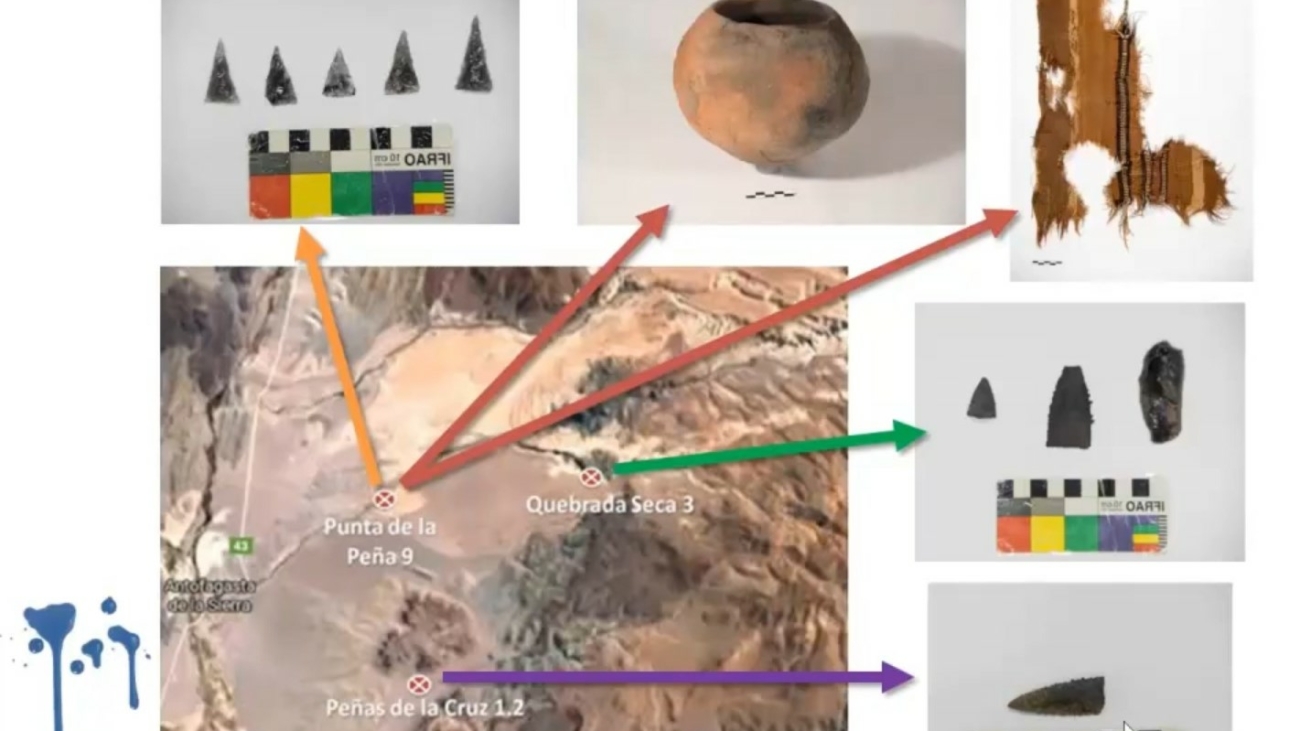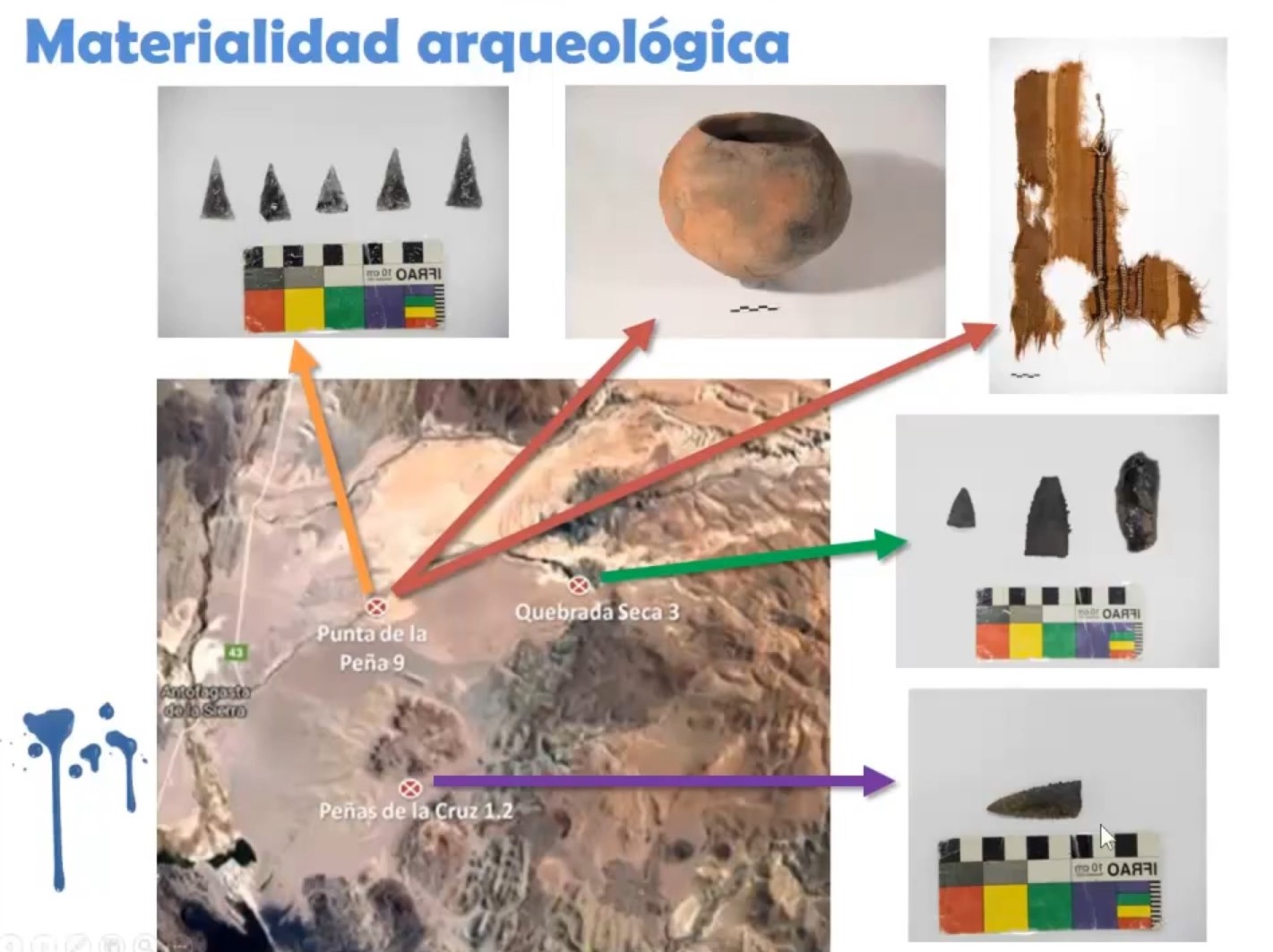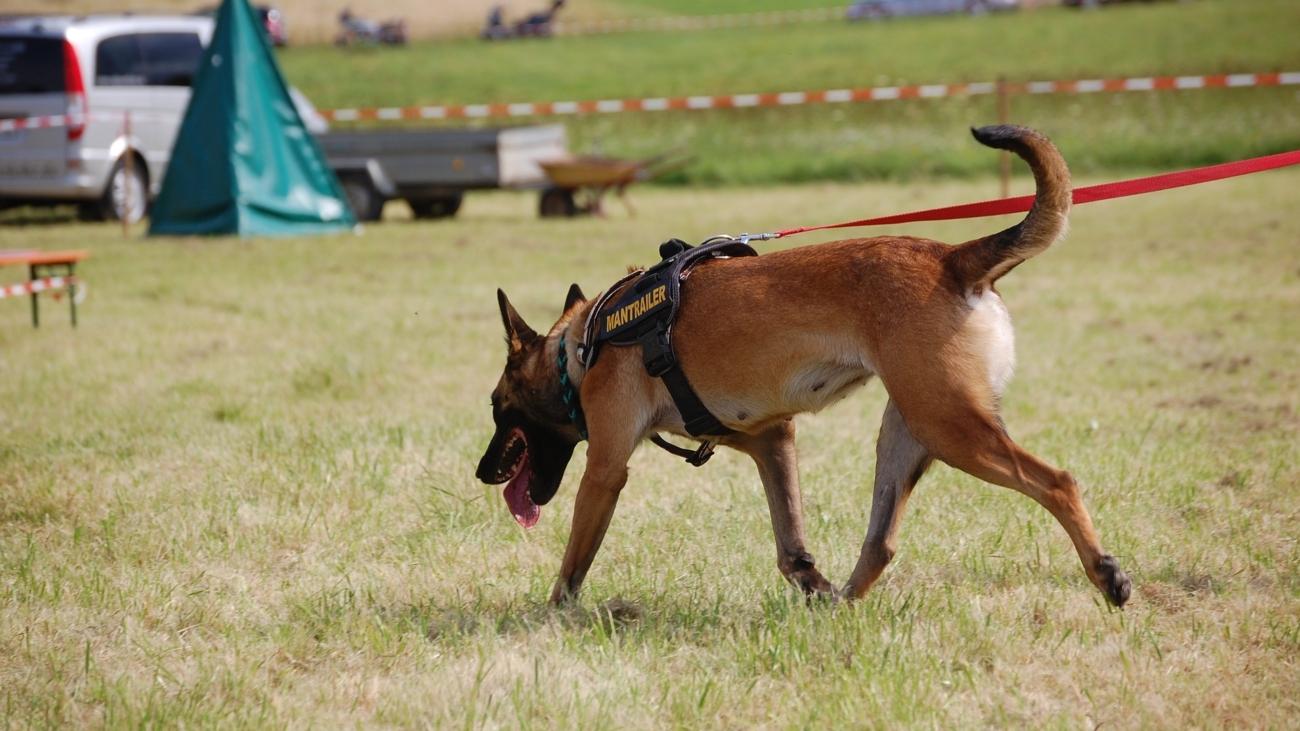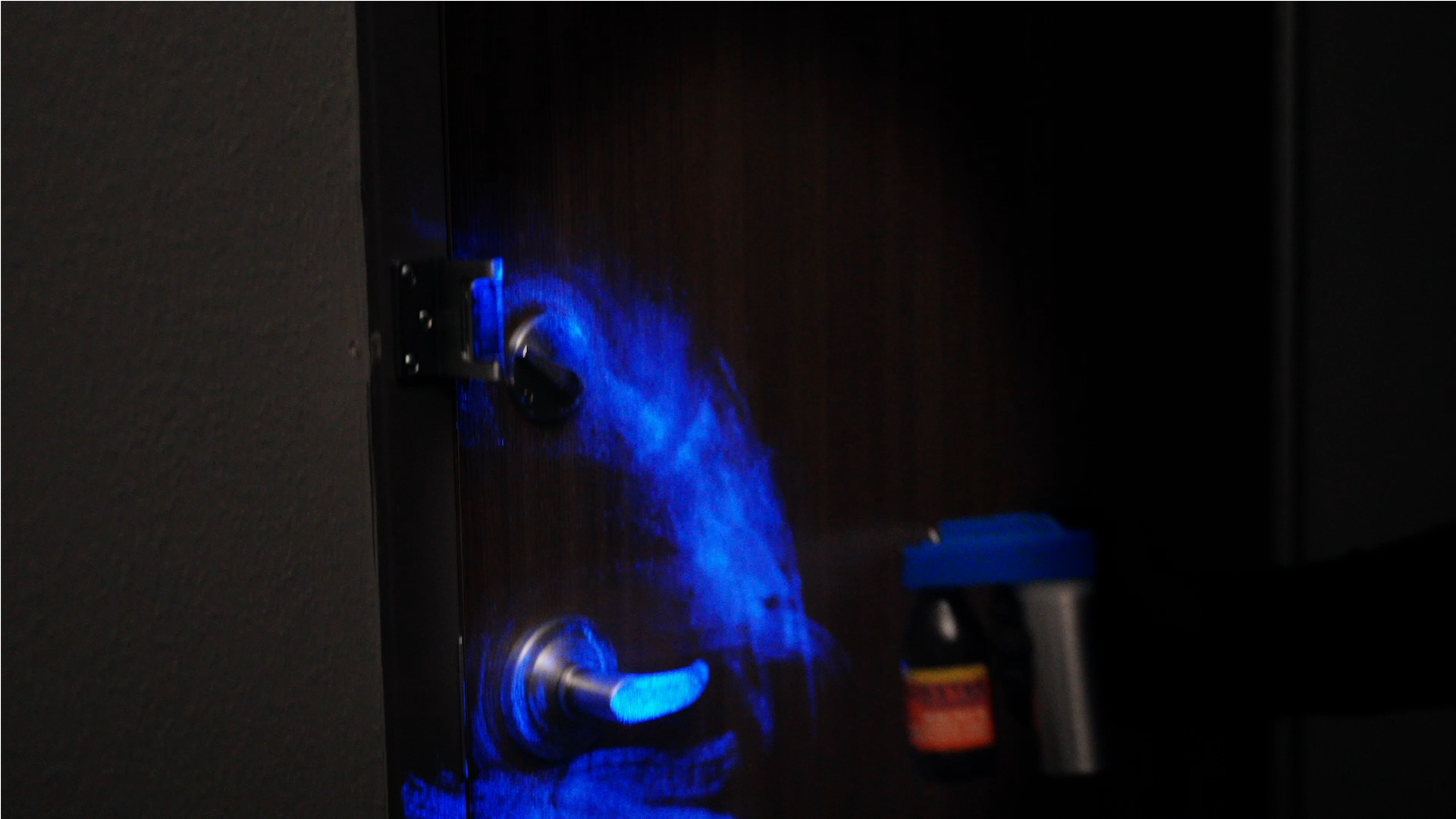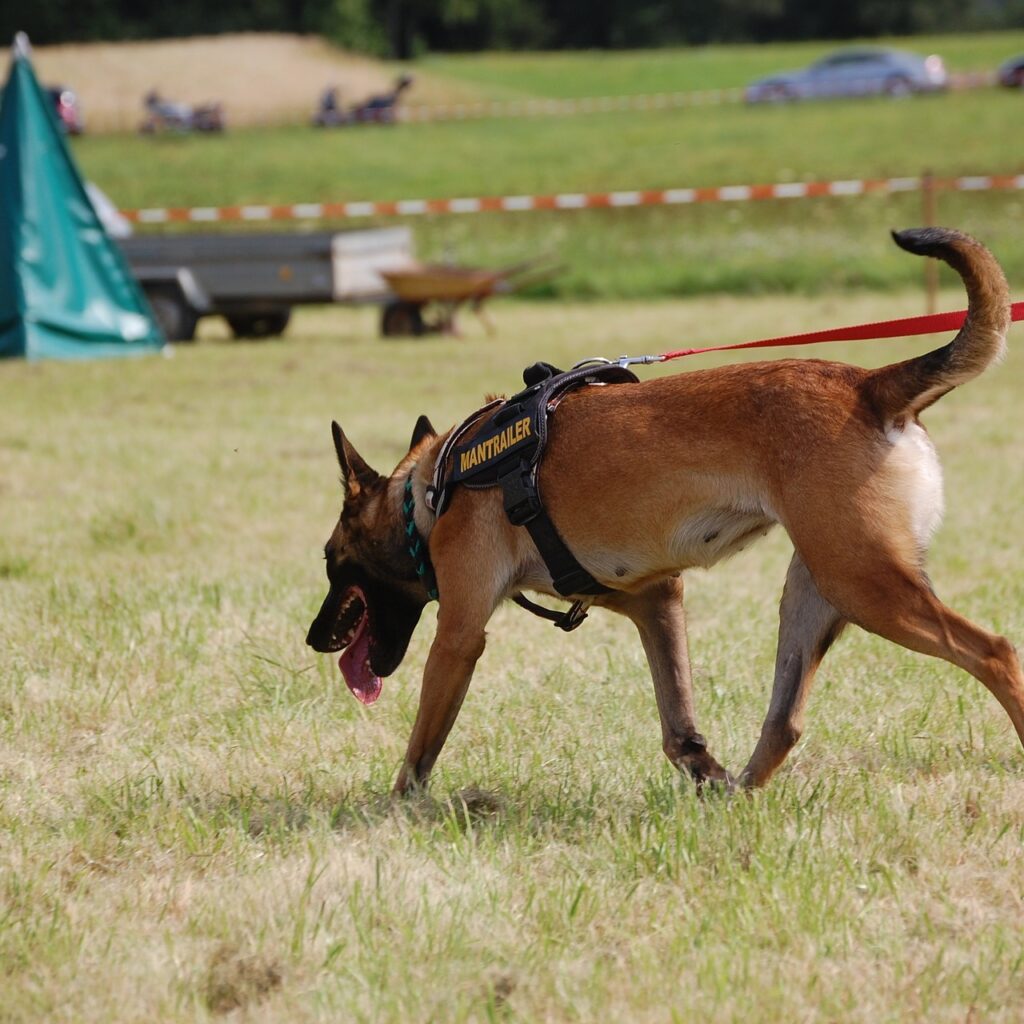Costa Rica's First Female Forensic Biologist Designed a State-of-the-Art Portable Crime Lab

MENAFN : 18.09.2021
In 2010 Tatiana López had to present a University project, she was already working in the Judicial Branch and, together with her partner, Alejandro Castillo, reflected for her work one of the dreams she had for years, the design of a portable laboratory where, under adequate conditions, analyzes of the crime scenes that had been modified could be carried out. A decade later, her task evolved, the dream was fulfilled and the laboratory became a reality and has been part of the many innovations that Costa Rica has had in forensic science .
At 49, Tatiana López does not hesitate to look at the past and remember each of the obstacles that she went through to improve the techniques of analysis of crime scenes and, better yet, she looks forward to the future because she still has many dreams to fulfill. .
Her work has been developed in the Department of Forensic Sciences and the Canine Unit, right now he is working on a project to improve techniques
“At this moment I am in charge of a project called the consolidation of the multidisciplinary team and field criminology, and the idea is to make a team where we work on highly specialized scenarios, but also within my work and what I have in charge is all that are the scenes, the analysis and collection of evidence in modified scenes where it is presumed that a crime event has occurred and this has been tried to erase and that is why they are called modified scenes, where the blood is not seen through with the naked eye, what we call latent blood tests.
“We also do the search for evidence with blood in scenes, whether in closed or open sites, the search for human remains and at this moment we also have the part of the search for evidence with semen and in the relatively near future, the search for the human smell through signs, this by mixing or blending, using specialized dogs and laboratory tests and equipment” she explained.
To carry out the work, Doña Tatiana requires specialized techniques, the use of luminol and bluestar“which is what we can see the blood with when we cannot see it with the naked eye.”

